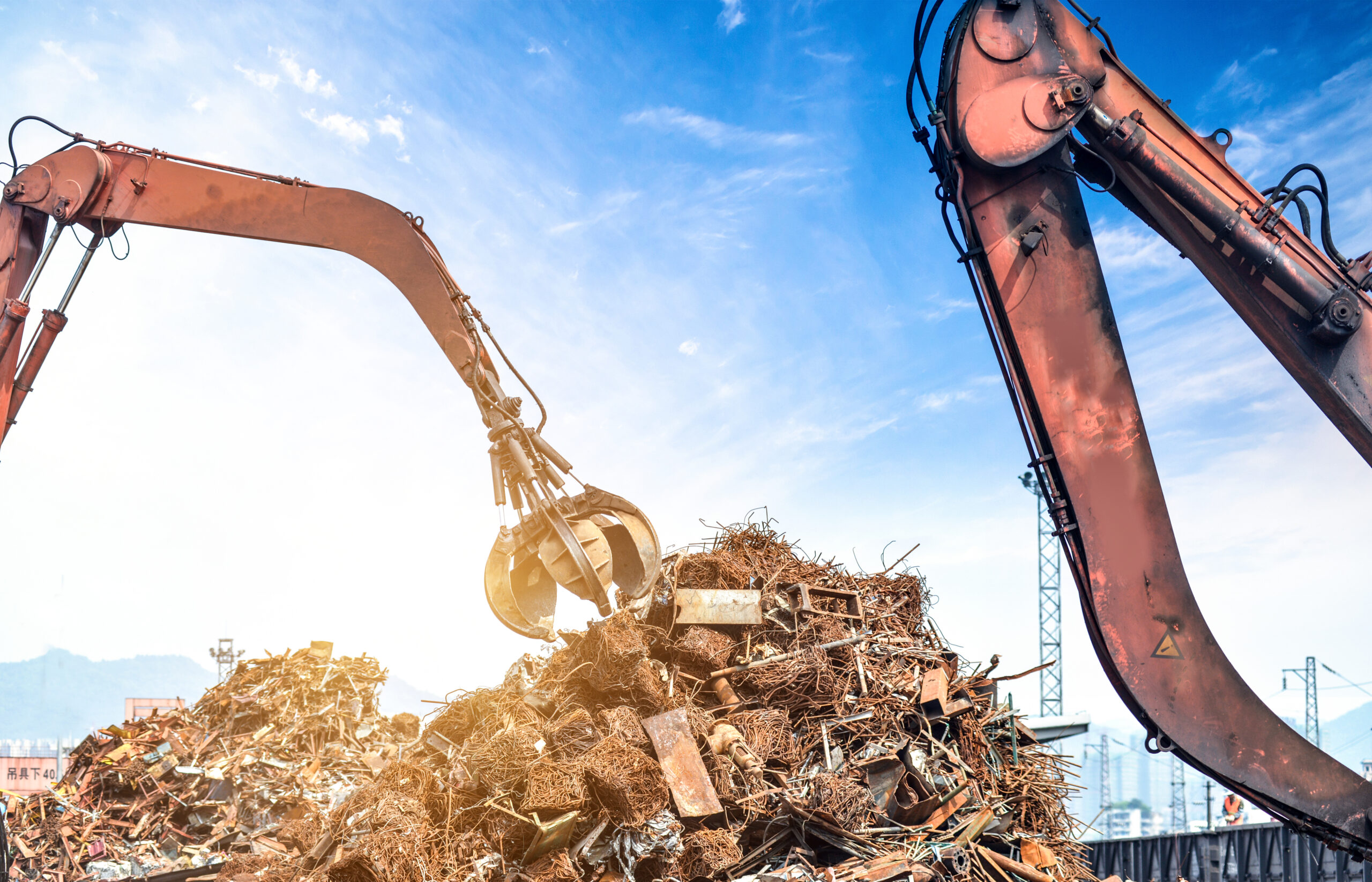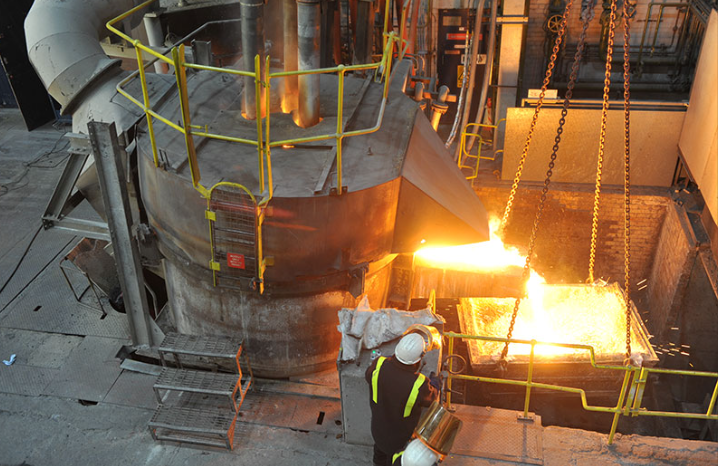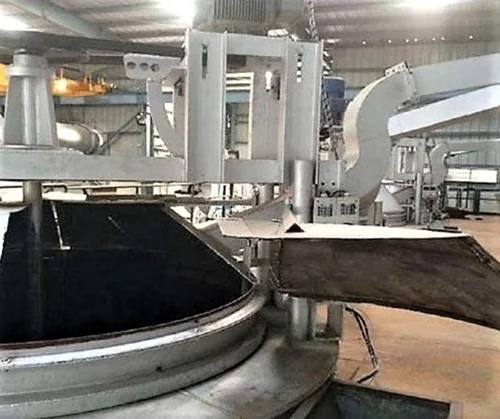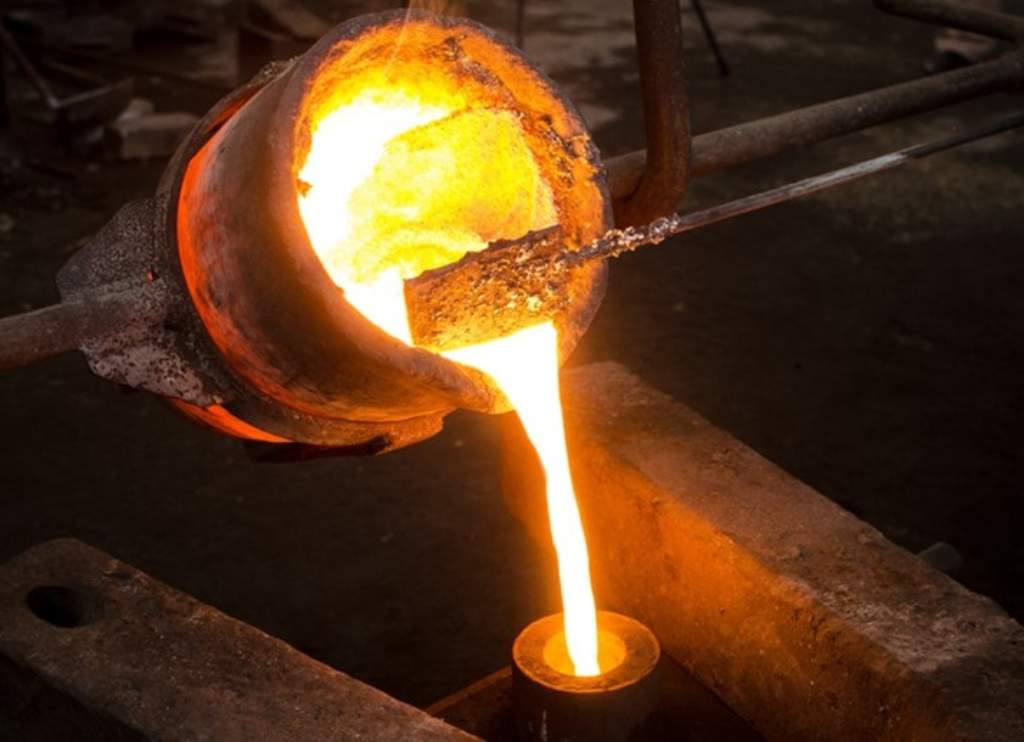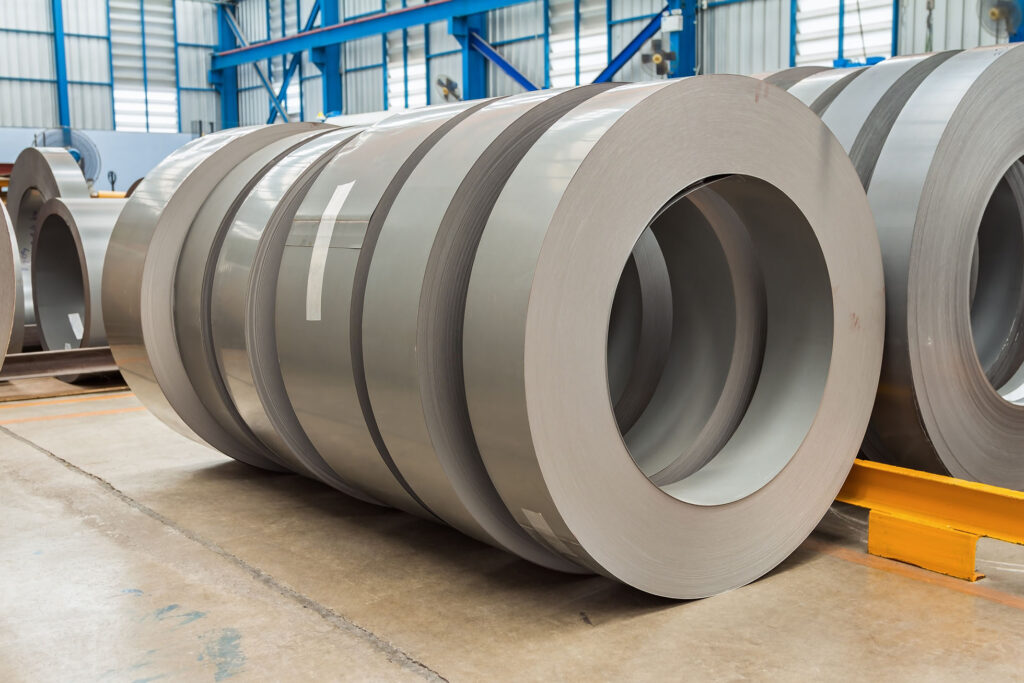Manufacturing Process
At Gulf Street Metal Scrap TR LLC, we employ a technically advanced, environmentally sustainable, and quality-centric metal manufacturing process that transforms scrap into high-performance, specification-grade metal products. Our operations are built on metallurgical precision, process automation, and continuous innovation to meet the exacting demands of global industries.
Process Involved
Precision, Performance & Responsibility
Our process reflects a deep integration of metallurgical science, process automation, and sustainability principles. Every ton of metal we manufacture is a testament to our commitment to technical innovation, material integrity, and client-driven quality—positioning Gulf Street Metal Scrap TR LLC as a trusted leader in next-generation metal manufacturing.
Our end-to-end recycling process reduces the need for virgin mining, cuts GHG emissions, and supports circular manufacturing ecosystems—delivering both economic and environmental value.

